The Importance of a Gimbal in Modern Filmmaking
In the realm of filmmaking, achieving stable, high-quality footage is paramount. Whether you’re a seasoned professional or a hobbyist capturing moments on your smartphone, a gimbal has become an essential tool for filmmakers and content creators alike. This versatile device plays a critical role in maintaining stability and refining the visual quality of recorded footage, especially when shooting in dynamic environments. Understanding the significance of a gimbal can elevate your filming to a new level, ultimately enhancing the storytelling experience.
Understanding What a Gimbal Is
A gimbal is a pivoted support that facilitates the rotation of an object about an axis. This clever mechanism typically employs a system of motors and sensors to counteract unwanted movement during filming, ensuring that the camera remains steady regardless of the shooter’s motion. In essence, a gimbal stabilizer allows creators to capture smooth and stable footage, emulating the effects of professional filmmaking equipment without necessitating extensive training or expertise.
How Gimbals Enhance Video Quality
When it comes to producing high-quality videos, the stability of the footage is critical. Shaky or unsteady footage can detract from the viewer’s experience, pulling them out of the narrative. Gimbals effectively reduce motion blur and vibrations, enabling filmmakers to capture crisp, clear shots even while in motion. This results in more immersive content that engages audiences, leading to better retention and response. Furthermore, the capability of a gimbal to provide various shooting angles and dynamic movements adds a cinematic flair, making content visually appealing and compelling.
Choosing the Right Gimbal for Your Needs
Selecting the appropriate gimbal is essential to maximizing your filmmaking potential. Factors to consider include the type of camera being used, your filming style, and budget constraints. For smartphone users, a lightweight gimbal designed specifically for handheld devices can suffice. For more advanced filmmakers using DSLRs or mirrorless cameras, a gimbal with higher weight capacity and additional features will be crucial for achieving desired results. By understanding your specific filming needs and environments, you can choose the right gimbal that aligns with your creative vision.
Types of Gimbals: Which One Is Right for You?
With the advent of technology, gimbals have evolved and diversified, catering to various filming applications. Understanding the different types of gimbals available will assist you in selecting the best model for your projects.
Smartphone Gimbal: Maximizing Mobile Footage
Smartphone gimbals are tailored to meet the needs of mobile filmmakers. These lightweight and portable devices allow users to enhance the stabilization of their smartphone videos significantly. Designed for easy operation, smartphone gimbals often come with features such as quick-release plates and adjustable angles, enabling effortless transitions between scenes. Many modern smartphone gimbals also integrate advanced technologies like automatic face tracking and various shooting modes, empowering users to create professional-quality videos without the burden of bulky equipment.
DSLR and Mirrorless Gimbals: Advanced Techniques
For aspiring professionals and serious amateurs, DSLR and mirrorless gimbals offer enhanced stabilization and control. These devices are built to withstand the weight of larger cameras and lenses, providing advanced stabilization systems that counteract larger movements effectively. Features such as multiple axes of stabilization and customizable settings allow for creative freedom, from sweeping panoramic shots to close-up action sequences. These gimbals enable filmmakers to experiment with artistic techniques that elevate their craft.
3-Axis vs. 2-Axis Gimbals: Comparing Stability and Control
Understanding the differences between 2-axis and 3-axis gimbals is essential when selecting a stabilizer. A 2-axis gimbal stabilizes pitch and yaw, making it suitable for basic movements. However, a 3-axis gimbal, which stabilizes pitch, yaw, and roll, provides superior stabilization and is ideal for capturing dynamic action shots. While 2-axis gimbals offer a lighter and more affordable solution, the additional investment in a 3-axis gimbal often pays off in improved video quality, especially in fast-paced environments.
Essential Features to Consider When Purchasing a Gimbal
When shopping for a gimbal, it’s vital to assess various features that will enhance your filming experience. Focus on the following considerations to make an informed decision:
Weight Capacity and Build Quality
The weight capacity of the gimbal is one of the most crucial factors to consider. Ensure that the gimbal can support the weight of your camera and any additional accessories. Equally important is the build quality; a sturdy and well-constructed gimbal will provide reliability and longevity over time. Look for gimbals made from durable materials that can withstand the rigors of frequent use.
Battery Life and Portability
Filmmakers often work in diverse environments, so battery life is an essential feature. Gimbals that provide extended operational periods allow for longer shooting sessions without the need for constant recharging. Additionally, the portability of the gimbal should not be underestimated. A compact, lightweight design makes it easier to transport and set up, facilitating greater flexibility in shooting locations.
Smart Features: AI Tracking and App Connectivity
Advanced smart features can significantly enhance the functionality of a gimbal. AI tracking capabilities allow the gimbal to lock onto subjects automatically, resulting in effortless tracking shots. Furthermore, gimbals that are compatible with companion apps offer features like customizable control settings, firmware updates, and shooting templates that optimize the filming process. These enhancements contribute to a more streamlined and efficient shooting experience.
Setting Up and Using Your Gimbal Effectively
To leverage the full potential of a gimbal, proper setup and usage are paramount. Follow these steps to ensure smooth operation during filming.
Initial Setup: Balancing Your Gimbal
Before filming, proper balancing of the gimbal is necessary for optimal performance. An unbalanced gimbal can lead to excessive motor strain and erratic movements during operation. To balance your gimbal, begin by securing your camera onto the stabilizer’s mount. Adjust the camera’s position along the gimbal’s axes to achieve equilibrium. When properly balanced, the gimbal should remain steady when held in any position, which indicates readiness for use.
Best Practices for Smooth Operation
Mastering the usage of a gimbal involves understanding some best practices for smooth operation. Aim for a relaxed grip while holding the gimbal, allowing the device to absorb most of the movements. Use controlled, deliberate motions when maneuvering the gimbal to produce smooth transitions. Practice panning and tilting with the gimbal to become accustomed to how it responds to your movements. Periodically reviewing footage will help identify areas for improvement and refine your filming technique.
Common Mistakes to Avoid with Your Gimbal
Filmmakers new to using gimbals may encounter several common pitfalls. One mistake is filming without adequately balancing the gimbal, which can result in shaky footage. Additionally, rapid movements can cause undesired vibrations that detract from the overall quality. Ensure that you plan your shots in advance and maintain consistent speed while moving the gimbal. Limiting sudden changes in motion will help produce the smoothest possible footage.
Maintenance and Care Tips for Longevity
Taking care of your gimbal is essential for preserving its functionality and ensuring long-term usage. Here are some tips for maintaining your device in excellent condition.
Regular Cleaning and Upkeep of Your Gimbal
Regular cleaning is necessary to keep your gimbal in optimal condition. Dust, dirt, and moisture can affect the performance of the motors and sensors. Use a microfiber cloth to gently wipe down the gimbal’s body and moving parts. Pay special attention to seals and connections, ensuring they remain free of debris. Conduct periodic inspections to identify any mechanical issues before they escalate.
Storing Your Gimbal Properly
The way you store your gimbal can significantly impact its longevity. Ideally, gimbals should be kept in a hard case or padded bag to protect them from impact and environmental factors while not in use. Avoid placing heavy objects on top of the gimbal, as this pressure can damage its parts. Keeping the gimbal in a cool, dry environment will also extend its lifespan.
Understanding Warranty and Support Options
Familiarizing yourself with the warranty and support options for your gimbal is important. Different manufacturers offer varying levels of coverage, so review the warranty details upon purchase. Knowing your rights and what support is available will give you peace of mind. If issues arise, utilize customer support channels to assist with troubleshooting or repairs.
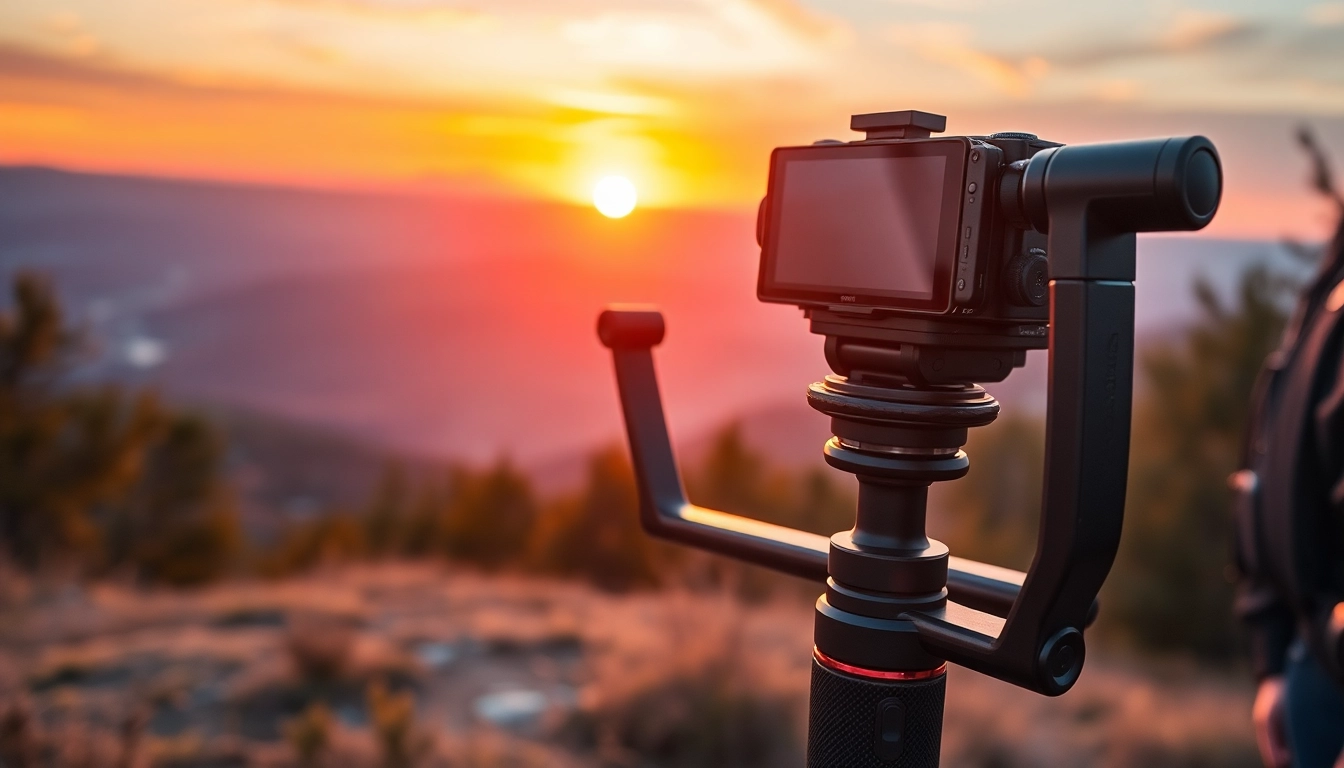


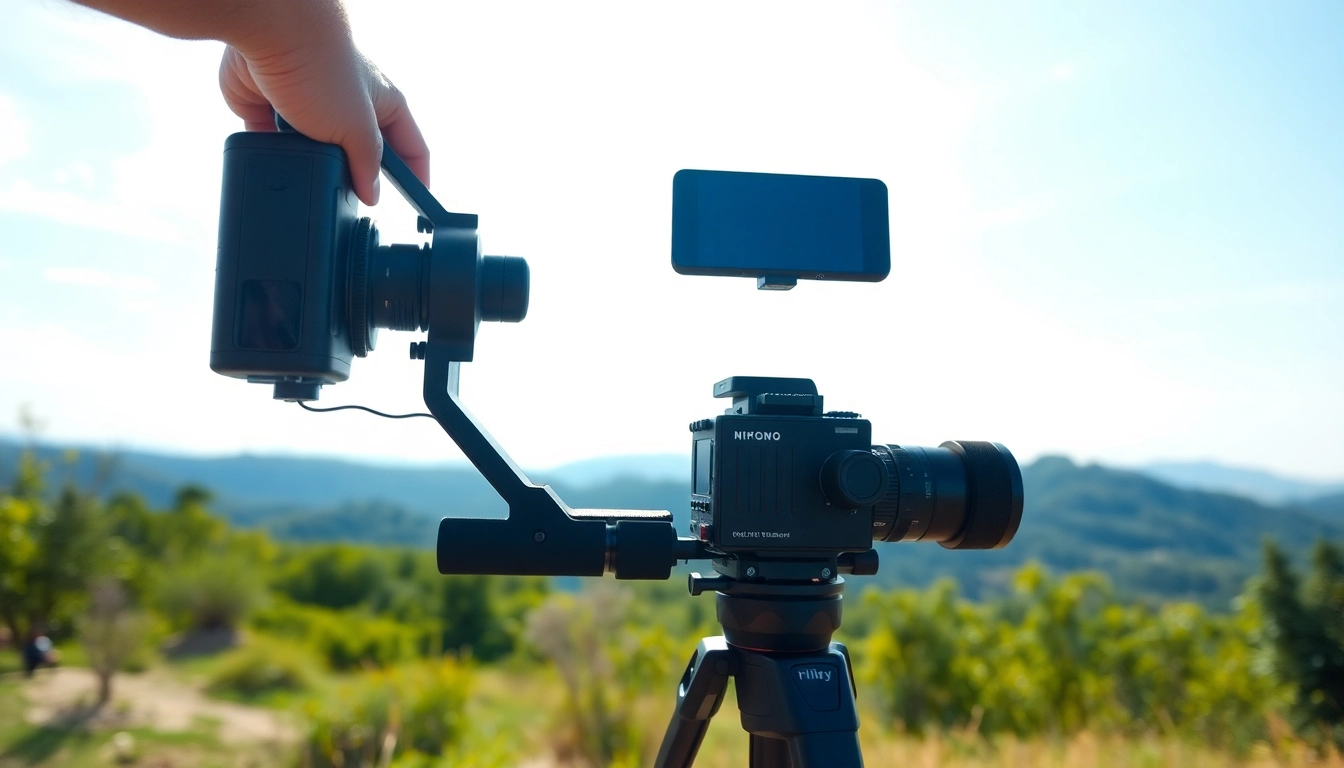

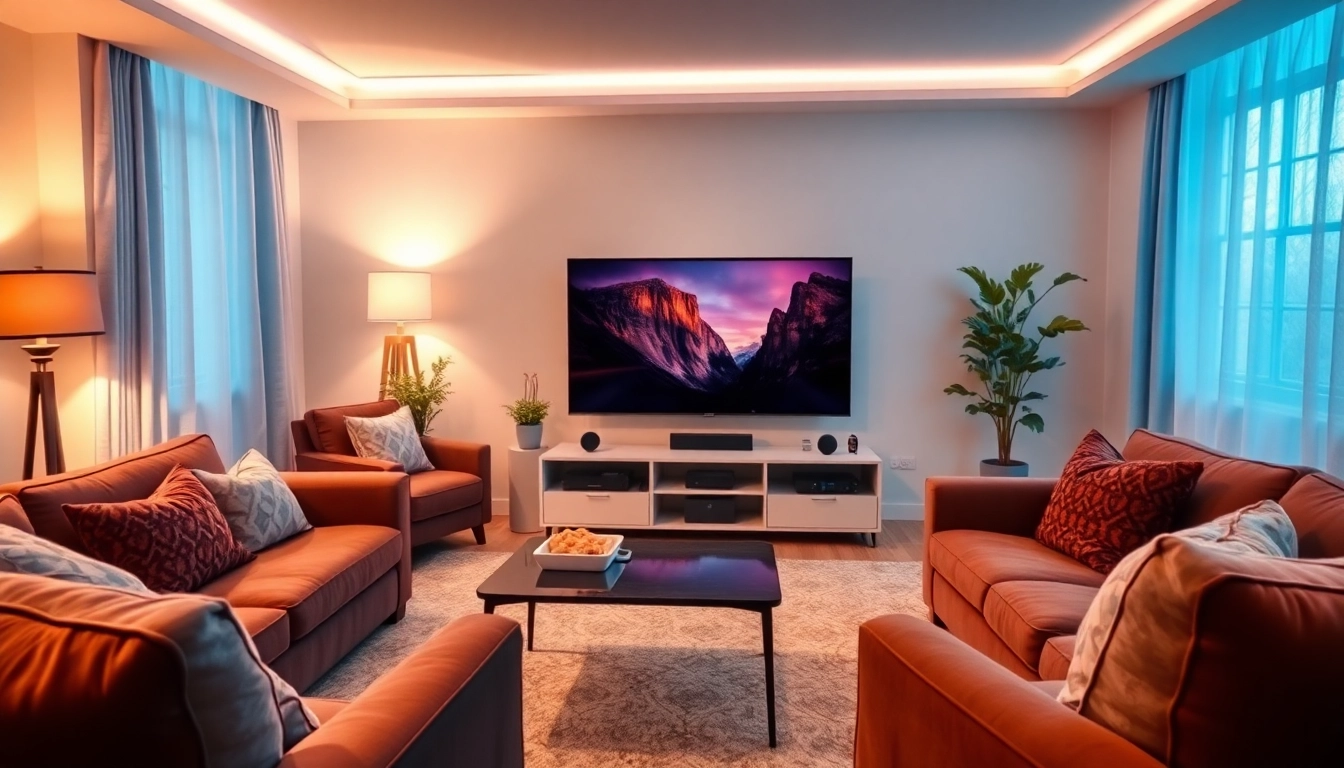
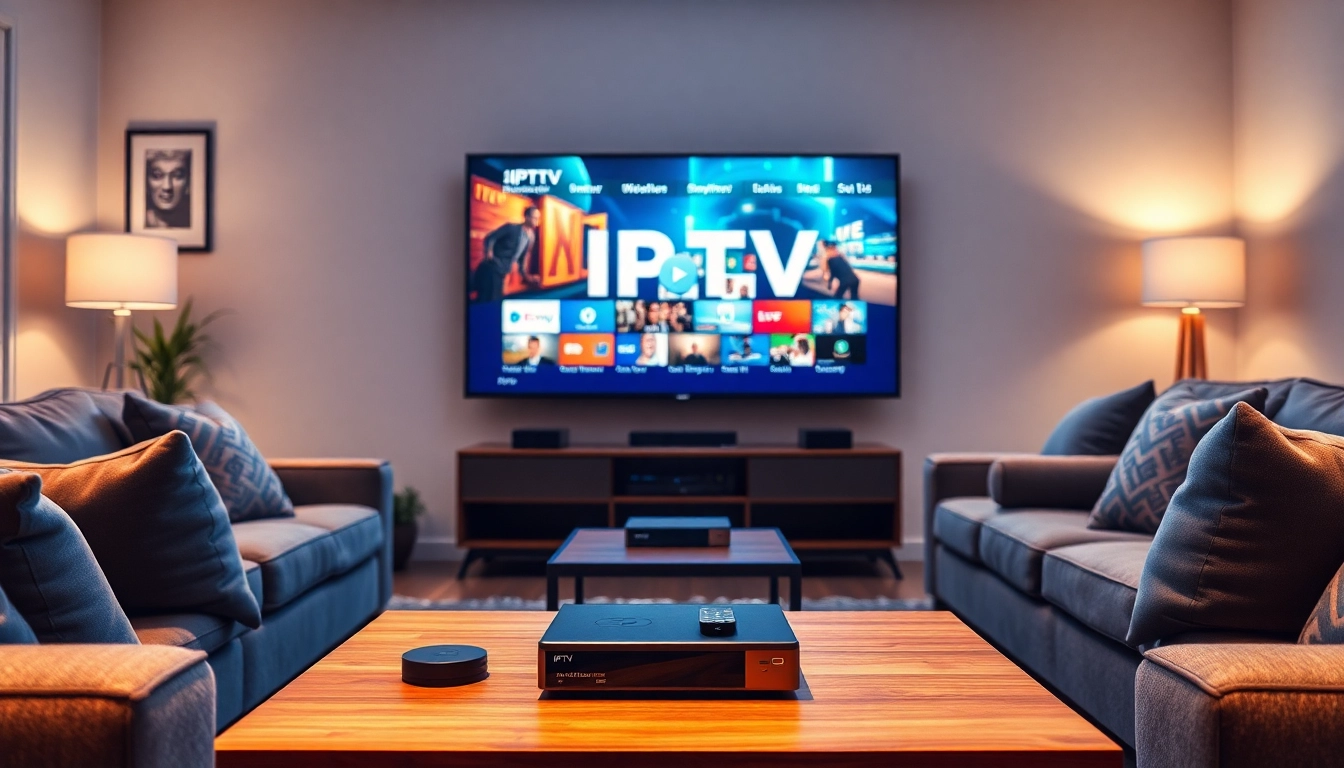
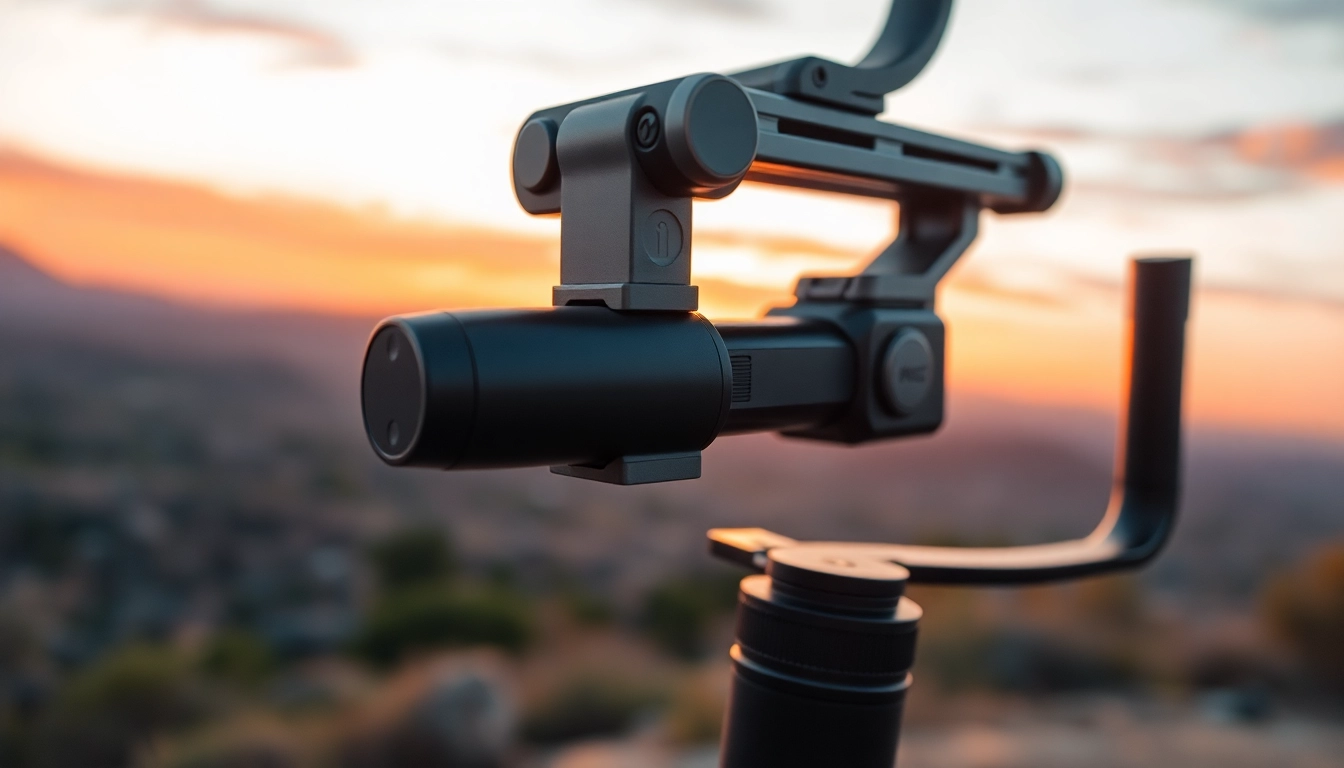

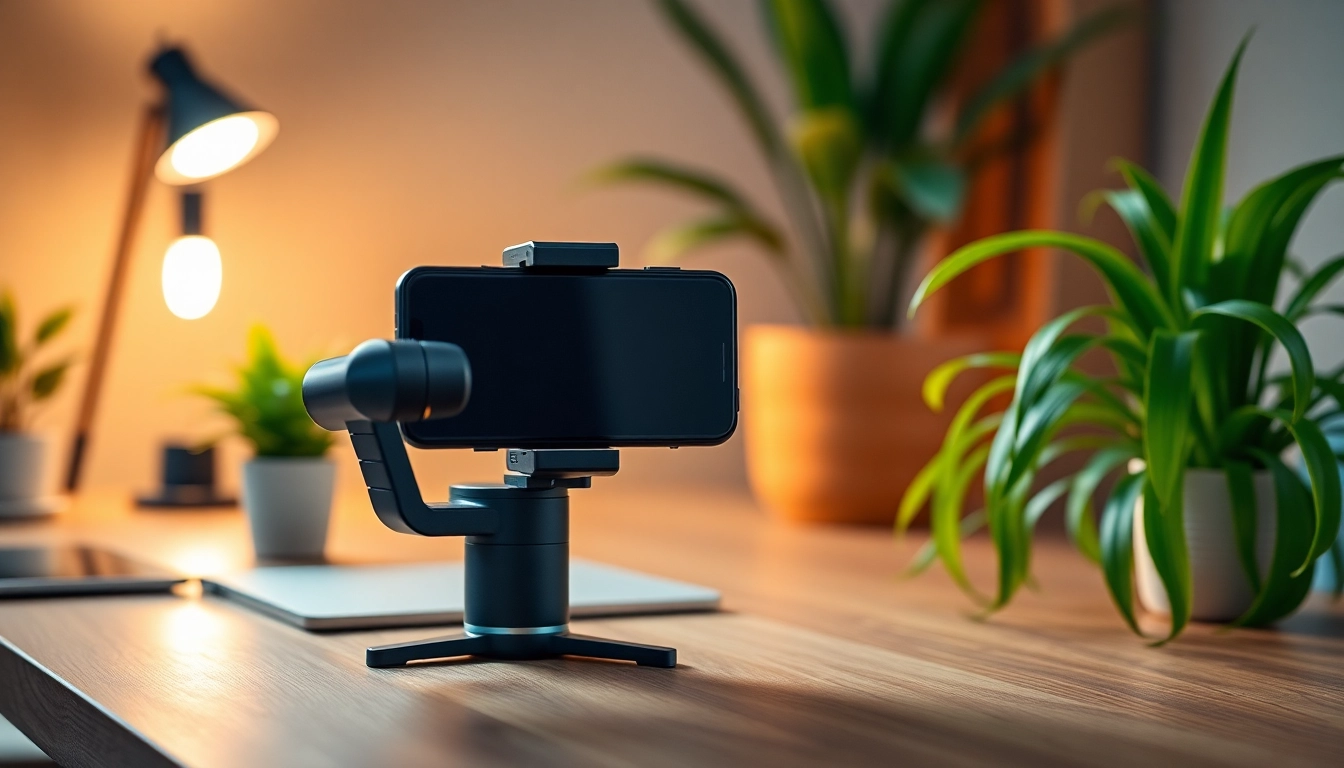



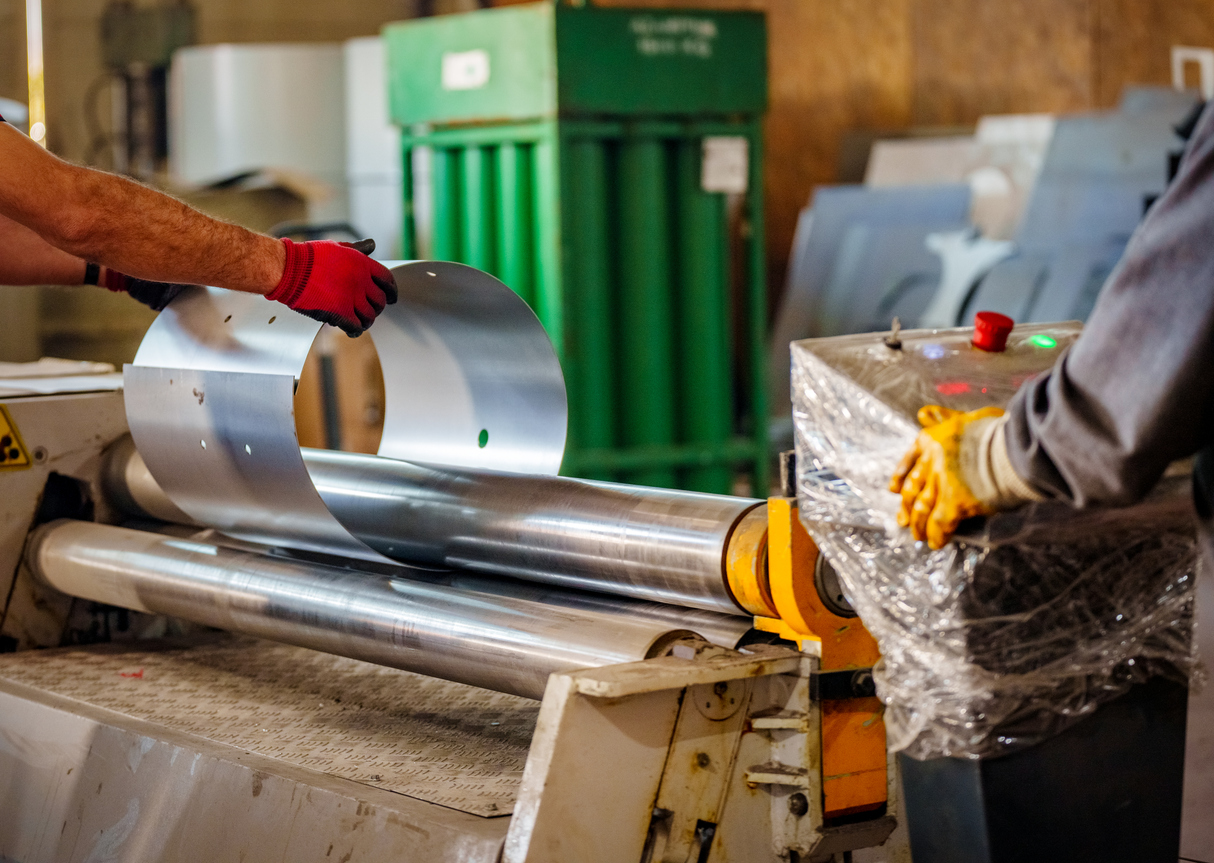

Leave a Reply